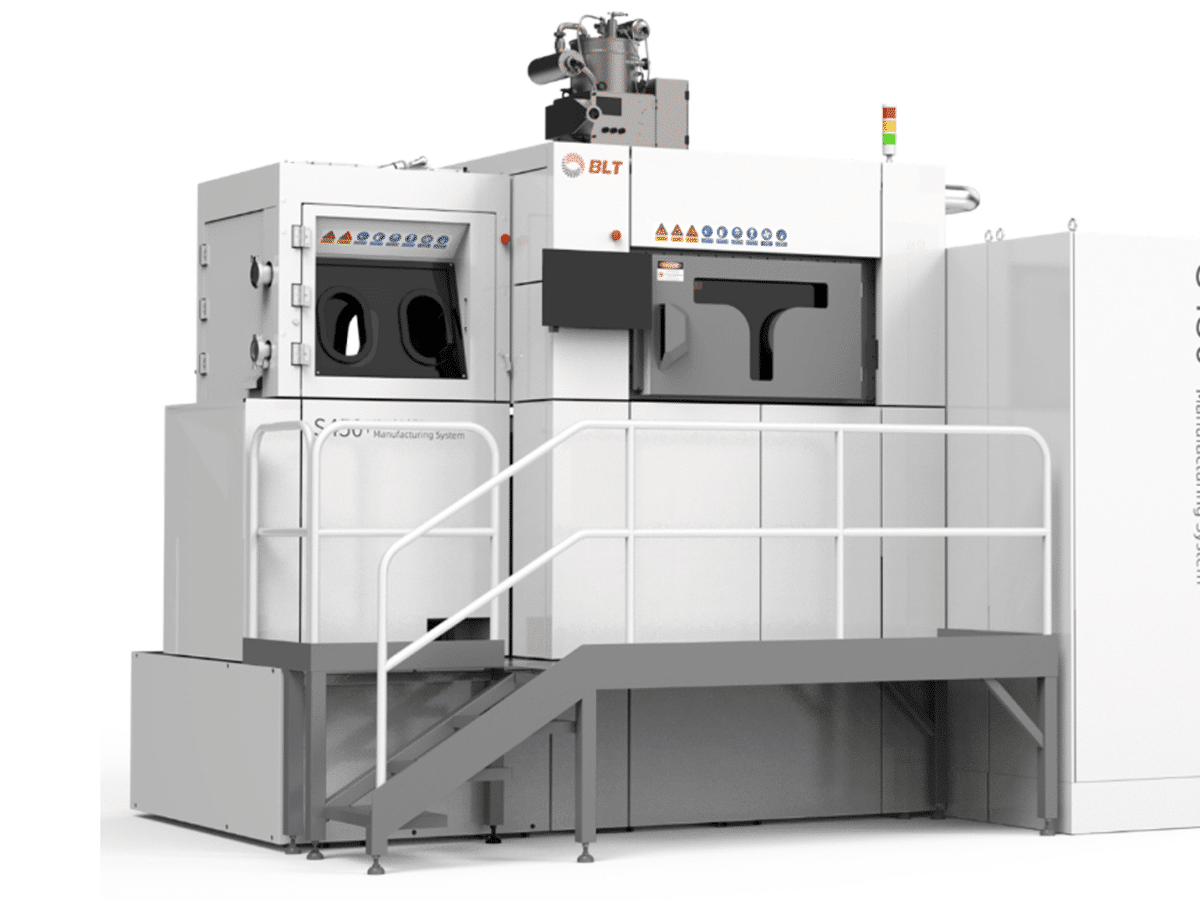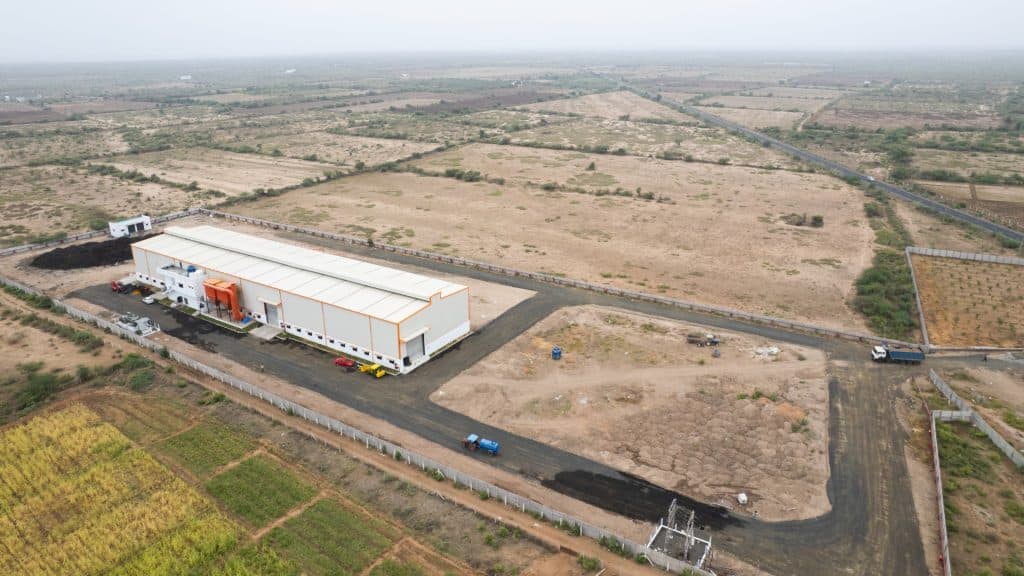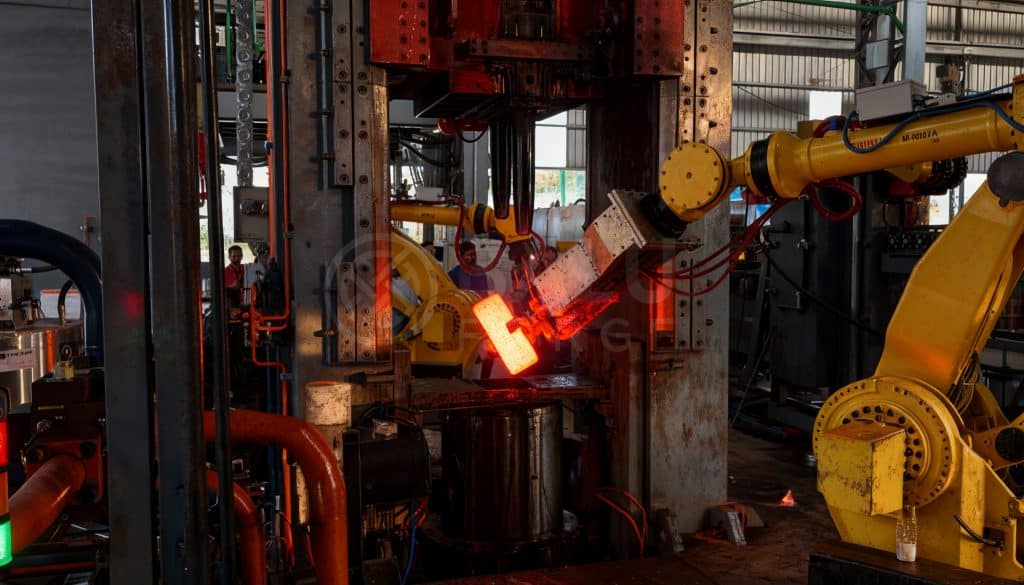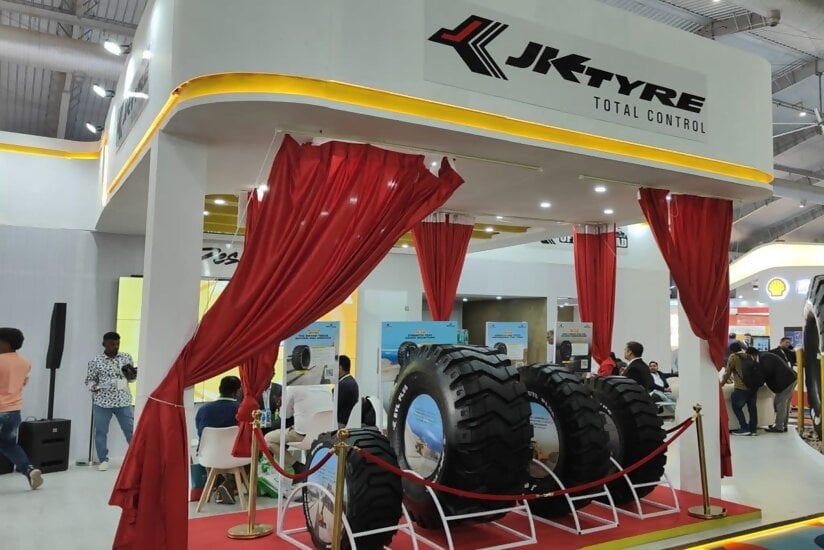
Gear chamfering, a pivotal step in gear manufacturing, entails precision material removal from gear edges to form a chamfer or bevel. This sloping surface facilitates seamless transitions between gear surfaces, safeguarding against potential damage to adjacent parts. Let’s delve into the gear chamfering process and the requisite equipment.
Gear Chamfering Process:
- Inspection: Ensure gear compliance with specified tolerances.
- Clamping: Secure gear onto chamfering machine with specialized fixtures.
- Chamfering: Employ grinding, milling, or cutting methods to shape the chamfer.
- Deburring: Eliminate sharp edges post-chamfering to enhance safety.
- Final Inspection: Verify chamfer meets required specifications.
Equipment Used in Gear Chamfering:
- Chamfering Machines: Tailored for different gear sizes and methods (grinding, milling, cutting).
- Grinding Wheels: Employed in chamfering machines to remove material; available in various materials like aluminum oxide and diamond.
- Milling Cutters: Utilized for gear chamfering via rotational cutting action.
- Cutting Tools: Broaches, hob cutters, and shaper cutters offer additional chamfering options.
Gear chamfering is integral to achieving precision gear manufacturing, ensuring seamless transitions and preventing damage. With diverse methods and specialized equipment like chamfering machines, grinding wheels, milling cutters, and cutting tools, mastering gear chamfering is essential for top-notch gear production.
Original source Cutting World Tools
















